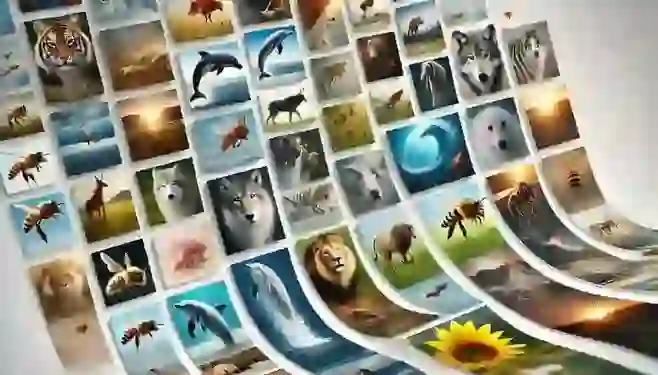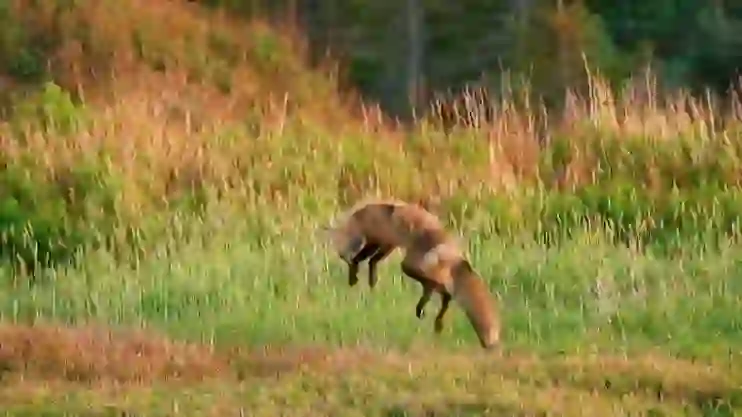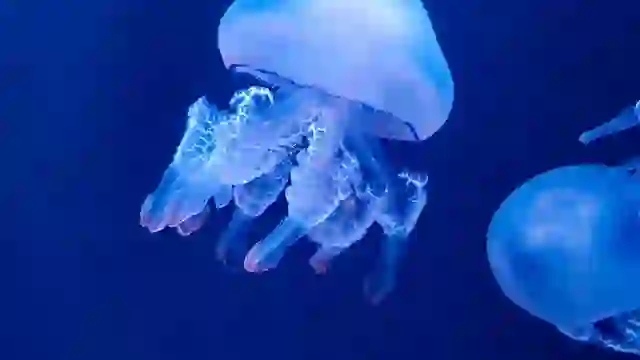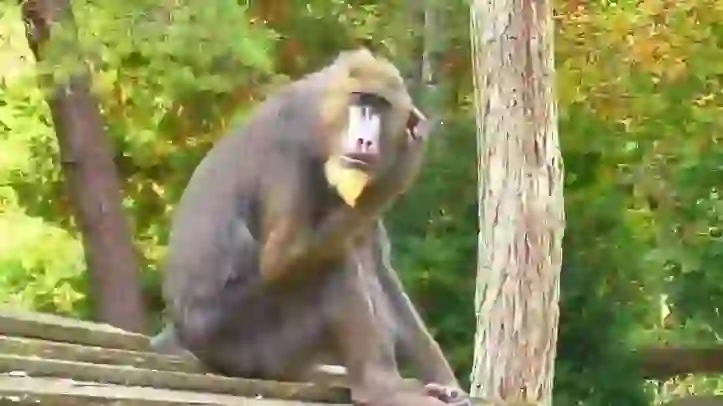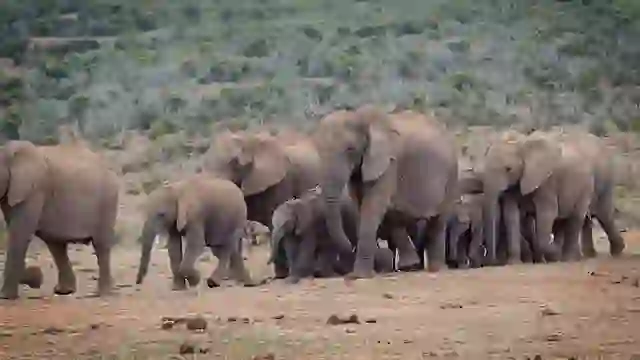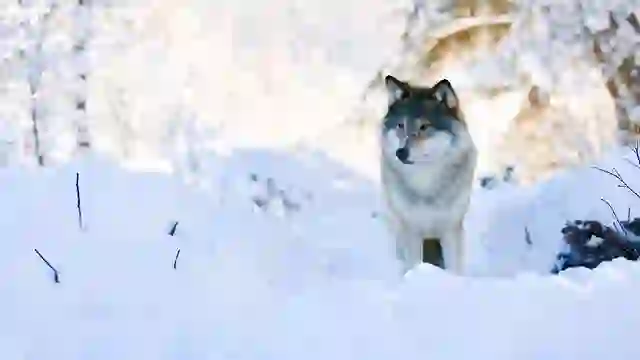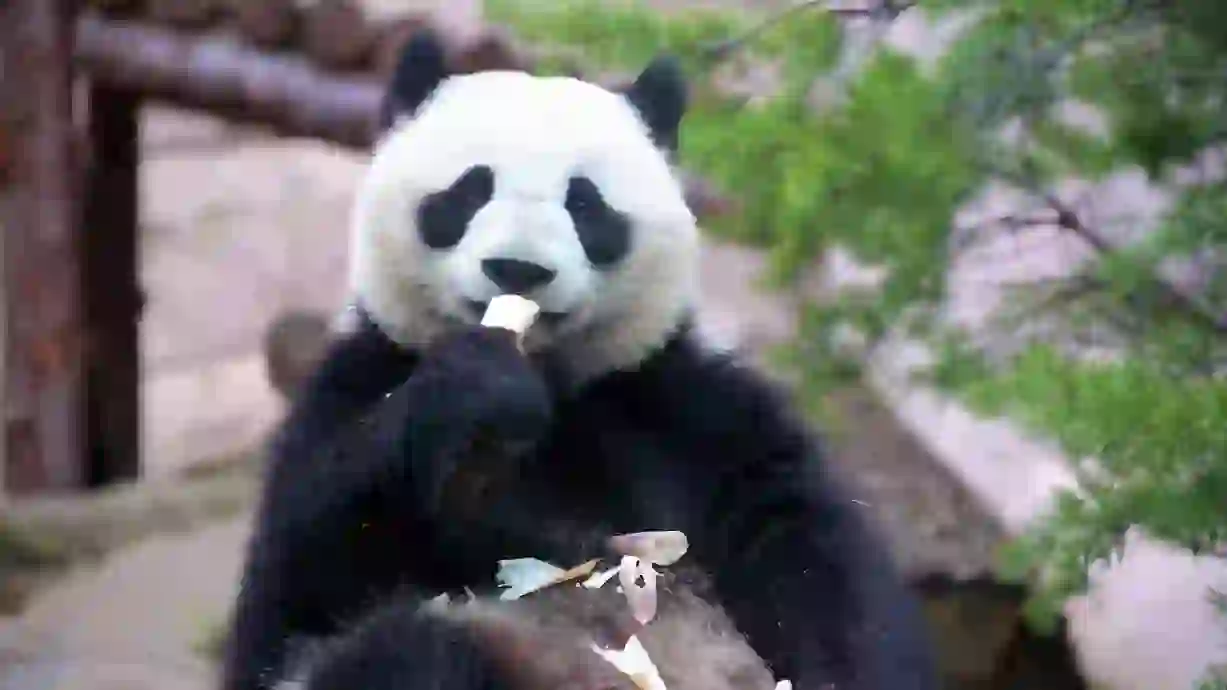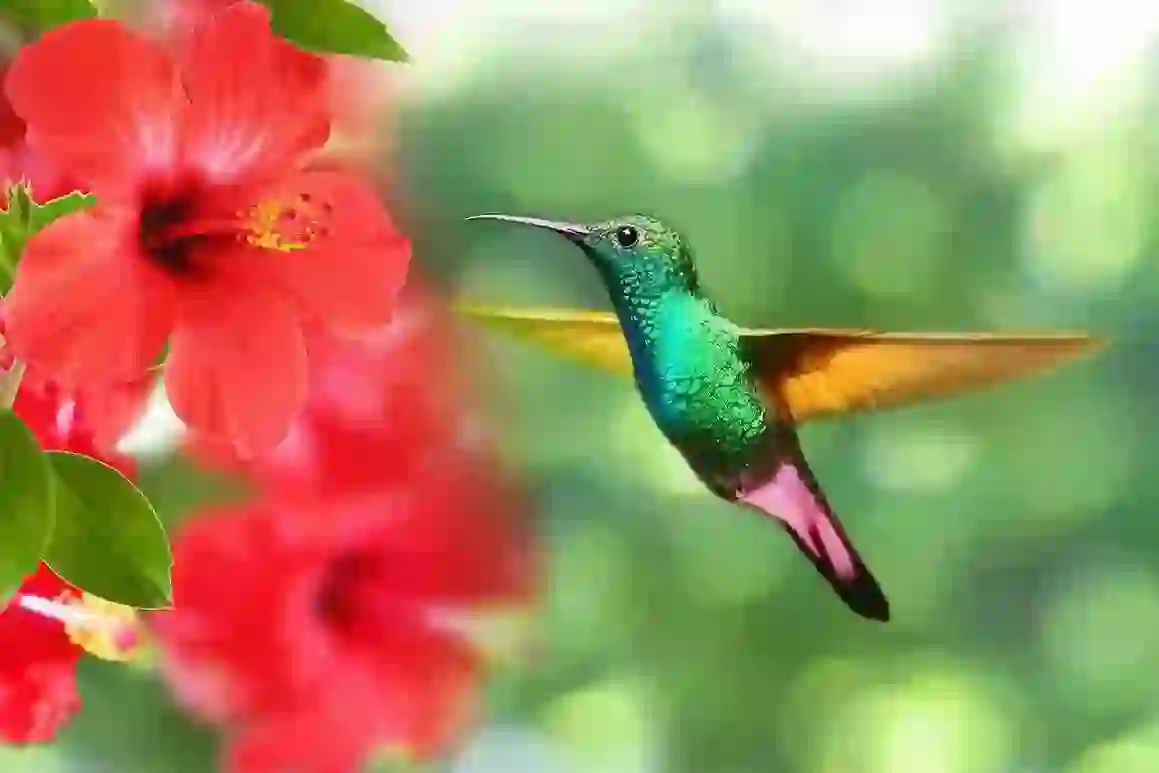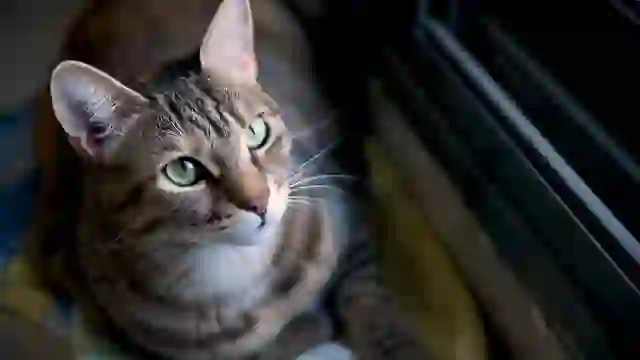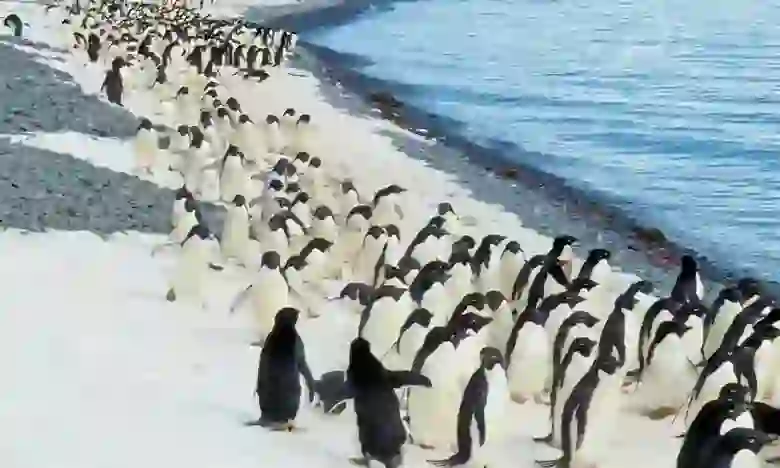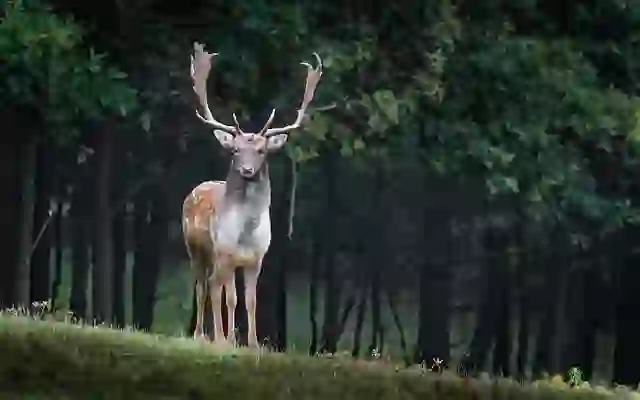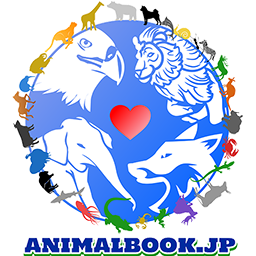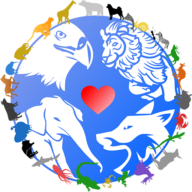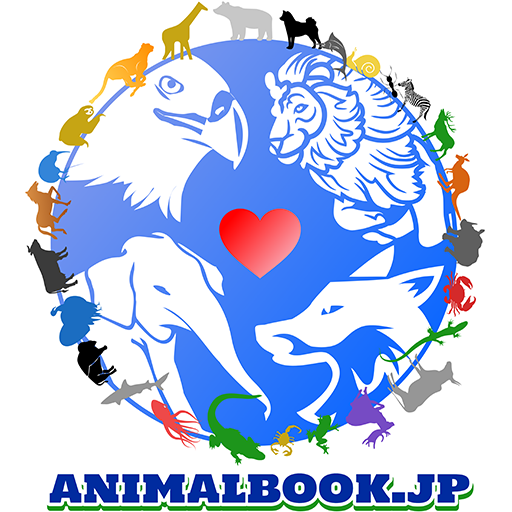
Palm-nut Vulture
Palm-nut Vulture
Palm-nut Vulture
In the rainforests and wetlands of Africa, you'll find an unusual vulture: the palm-nut vulture. Unlike other vultures, their main food source is palm nuts. Let's explore the unique ecology of the palm-nut vulture and the environment they inhabit.
Palm-nut Vulture Basic Infomation
.webp?alt=media)
| Property | Value |
|---|---|
| Scientific Name | Gypohierax angolensis |
| Taxonomic Status | SPECIES |
| Rank | SPECIES |
| Vernacular Names | Palm-nut Vulture |
| Kingdom | Animalia |
| Phylum | Chordata |
| Class | Aves |
| Order | Accipitriformes |
| Family | Accipitridae |
| Genus | Gypohierax |
| Habitats | Tropical rainforests, wetlands, and mangrove forests of Africa |
| Conservation Status | Least Concern (LC) |
.webp?alt=media)
Size
They are about 24 inches (60 centimeters) long, with a wingspan of about 59 inches (150 centimeters). They weigh about 2.2 to 3.3 pounds (1 to 1.5 kilograms). Females are larger than males.
.webp?alt=media)
Lifespan
Their lifespan in the wild is estimated to be about 20 years.
.webp?alt=media)
Distribution
They are widely distributed in sub-Saharan Africa. They prefer environments near water, such as tropical rainforests, wetlands, and mangrove forests.
Palm-nut Vulture Q&A
.webp?alt=media)
What kind of vulture is the palm-nut vulture?
The palm-nut vulture is a bird of prey belonging to the family Accipitridae and the genus Gypohierax.
Unlike other vultures, they mainly eat palm nuts. They use their powerful beak to crack open palm nuts and eat the endosperm inside. They also eat crabs, fish, and mollusks. They prefer environments near water, inhabiting tropical rainforests, wetlands, and mangrove forests. In English, they are called the 'Palm-nut Vulture.' They have a striking black and white plumage, a red, featherless face. This is thought to be an adaptation to prevent oil from staining their faces when they eat palm nuts. The endosperm of palm nuts is rich in oil, and if they had feathers on their faces, the oil would stain the feathers, making it difficult to fly. Therefore, they have evolved to lose their facial feathers and make it easy to wipe off any oil. The red color of their face is also thought to be a visual cue for recognizing their mates. They can be solitary, but they are often found in groups of a few to several dozen individuals. They build their nests high up in trees. The nests are made from branches and leaves, and females usually lay a single egg. The egg hatches after about 40 days, and the chick fledges after about 3 months. Both parents participate in raising their young.
.webp?alt=media)
Why do palm-nut vultures eat palm nuts?
Unlike other vultures, palm-nut vultures primarily eat plant-based food.
They use their powerful beaks to crack open palm nuts and eat the endosperm inside. They also eat crabs, fish, and mollusks. The reason they don't eat carrion like other vultures is thought to be an adaptation to their rainforest habitat. Animal carcasses are scarce in the rainforest, so they evolved to eat plant-based food. Palm nuts are abundant in the rainforest and are a valuable source of nutrition for them.
.webp?alt=media)
[Quiz!] How do palm-nut vultures crack open palm nuts?
Palm-nut vultures use their beak and feet to crack open palm nuts.
First, they hold the palm nut firmly with their feet. Then, they use their beaks to hammer the hard shell of the palm nut. Once a crack appears in the shell, they insert their beak into the crack and pry it open. Then, they eat the endosperm inside. They are masters at cracking open palm nuts!
.webp?alt=media)
[Quiz!] Why do palm-nut vultures have red faces?
Palm-nut vultures have red, featherless faces.
This is thought to be an adaptation to prevent oil from staining their faces when they eat palm nuts. The endosperm of palm nuts is rich in oil, and if they had feathers on their faces, the oil would stain the feathers, making it difficult to fly. Therefore, they evolved to lose their facial feathers and make it easy to wipe off any oil. The red color of their face is also thought to be a visual cue for recognizing their mates.
.webp?alt=media)
[Quiz!] Are palm-nut vultures endangered?
The palm-nut vulture is listed as 'Least Concern' (LC) on the IUCN (International Union for Conservation of Nature) Red List.
This means that they are not currently endangered. However, their population may be declining due to habitat destruction. To protect palm-nut vultures, it is essential to conserve their rainforest, wetland, and mangrove forest habitats. We should also raise awareness about the current situation of palm-nut vultures and consider what we can do to protect them.
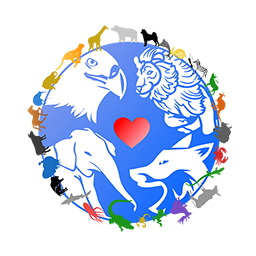
Would you like to become a part of the 'Animalbook.jp'?
Turn your knowledge into Q&A and share it with the world. ※Publication will be activated after purchase. Let's share information together!
Palm-nut Vulture Type of List
.webp?alt=media)
Characteristics of Palm-nut Vultures
- Unlike other vultures, they primarily eat palm nuts.
- Black and white two-tone plumage
- Red, featherless face
- Often solitary, but they frequently congregate in groups of a few to several dozen individuals.
- Build their nests high up in trees
- Widely distributed in sub-Saharan Africa
- Least Concern (LC)
Information
Congratulations! You are the first commenter!

Create Your Favorite List!
Palm-nut Vulture
Save the animals you love! Build your own list to quickly revisit your favorites later.

Would you like to leave a comment?
※Please note: This is for the purchase of rights to post comments within the article.
Find Your Favorites!
Our shop offers a unique and attractive selection of goods themed around various animals.
Palm-nut Vulture References
Palm-nut Vulture Introduction of media used
.webp?alt=media)
Francesco Veronesi from Italy, CC BY-SA 2.0, via Wikimedia Commons

Help Enrich Our Animalbook.jp with Your Media!
We are constantly looking to expand and enrich our Animalbook.jp with amazing photos and videos of animals. If you have any media that you'd like to share, please contribute and help us showcase the beauty and diversity of the animal kingdom. Your submissions will be credited and featured in our encyclopedia, reaching a wide audience of animal lovers.


